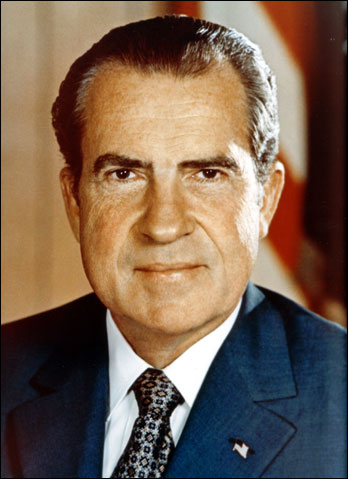The Nineteenth Census: Census Day was April 1, 1970.

In 1966, the Census Bureau solicited suggestions from its advisory committees and from the general public about the makeup of the census and the availability of the resulting data products. It instituted a series of 23 local public meetings around the country to broaden the scope of its efforts, which resulted in numerous proposals for additional inquiries about the scope and structure of the census, and interest in increasing data products published, particularly for smaller areas such as blocks.
Enumeration
Studies after the 1950 and 1960 censuses revealed that those censuses had undercounted certain segments of the population. Researchers also noted a growing distrust of government and resistance to responding to the census, despite an increasing need for accurate information in both the private and public sectors. In large measure, the increased need for data resulted from the federal government’s reliance on population and other information collected by the census when distributing funds to state and local governments. In an effort to reduce the complexity of its products, the Census Bureau reduced the number of inquiries on the long-form questionnaire from 66 to 23.
The Census Bureau created an address register for densely settled areas that U.S. Post Office employees who were familiar with their routes were instructed to correct and update as needed. The register was also used to ensure that all housing units were accounted for when enumerators had completed their assignments.
The U.S. Post Office delivered census questionnaires with instruction sheets to every household several days prior to Census Day. In areas with a substantial number of Spanish-speaking households, a Spanish-language version of the instruction sheet was also enclosed. For the first time, a separate question on Hispanic origin or descent was asked, but only of a 5 percent sample of the population.
Also for the first time, residents of urban and surrounding areas were instructed to mail their forms back to the Census Bureau where enumerators reviewed them and used follow-up interviews to check on missing or incorrect responses. Rural householders received questionnaires in the mail, but were asked to hold the form for pickup by an enumerator. A letter explaining the need for the data collected and emphasizing the confidentiality of responses accompanied all census questionnaires.
Sampling
Only 5 questions were asked of all individuals: relationship to household head, sex, race, age, and marital status. Other questions were asked of a 15 percent sample and still others of a 5 percent sample. Questions common to both samples resulted in a 20 percent sample.
Technological Advancement
Computerized address lists, called Address Coding Guides, helped assign census geographic codes to questionnaires.
A major innovation for the 1970 Census was the production of a series of computer tape files, called “Counts.” Counts one, two, and three contained complete count data for block groups/enumeration districts, census tracts and minor civil/census county divisions, and blocks, respectively. The fourth through sixth Counts provided sample data for geographic areas of varying population size. The Census Bureau also produced six Public Use Microdata Sample files, each containing complete information for a small sample of the population; roughly two million individuals. A variety of public and private institutions participated in the Census Bureau’s Summary Tape Processing Center Program, a loose-knit group of organizations that processed data from the 1970 census computer tapes.
Further Information
- A detailed procedural history of the 1970 census are available in Procedural History: 1970 Census of Population and Housing [ZIP 165MB]
- A wide variety of historical statistics from this and other decades is available in Historical Statistics of the United States: Colonial Times to 1970. It is available as a PDF [74.4MB] or 2-part ZIP file: Part I [52.2MB] | Part II [66.1MB].
- Reports and statistics from the 1970 census.
Information provided from Census.gov

